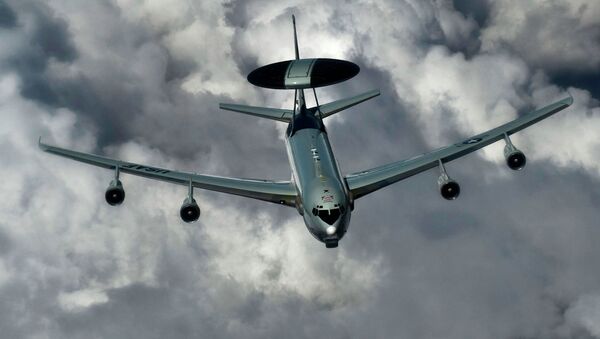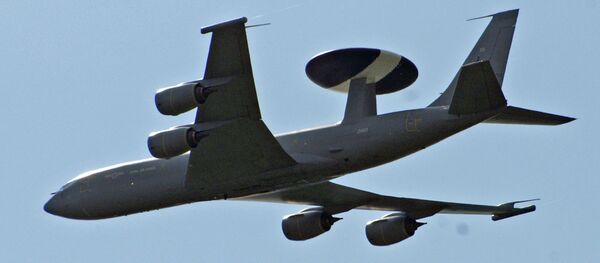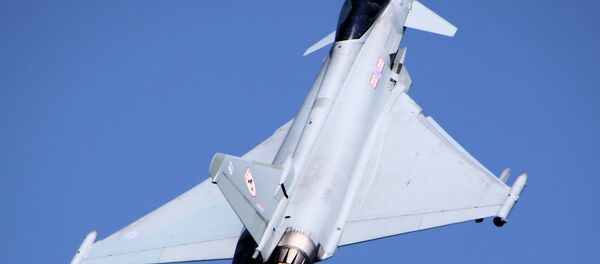In commission since 1978, the E-3 fleet is used to track aircraft, ships, and vehicles from long range using onboard radar equipment. In order to more clearly detect its targets, the US Air Force is upgrading the 32 aircraft in the fleet.
"This operational installation marks a huge milestone for the AWACS program," Nick Grudziecki, the deputy program manager, said in a release. "And it’s only the first of many."
That milestone refers to the Next Generation Identification Friend or Foe (NGIFF) program offices installation of the AN/UPX-40 system.
"The UPX-40 dramatically improves the detection of weak signals or maneuvering targets at maximum range and improves detection of targets at all ranges," Grudziecki added.
Arrangements for the upgrade first began in 2008, after the National Security Agency issued a mandate to ensure to that the aircraft remained effective. With Telephonics Corp. developing the hardware since 2012, the Air Force will receive its first upgrade this year.
"The role of the E-3 is to carry out airborne surveillance and command, control and communication function for both tactical and air defense forces," Lt. Col. Chris Williams said in the release. "The interrogator is a vital piece of equipment required for AWACS to meet mission needs."
"With the successful installation of the first UPX-40 system, we are one step closer to equipping the fleet."
The Air Force expects all 32 aircraft to be upgraded by 2020.
Earlier this year, NATO also announced it would be upgrading its AWAC systems.
"These improvements provide NATO with an AWACS fleet that will save time and fuel, and will also decrease operational costs by allowing a reduction in the flight crew size," Boeing Program Manager Jon Hunsberger said in a statement released in March.
The second package of these upgraded aircraft was delivered to the French Air Force in May.




